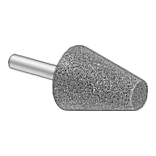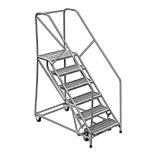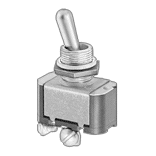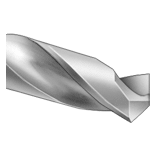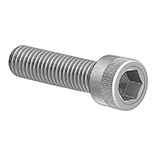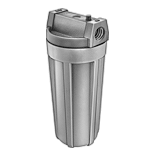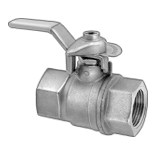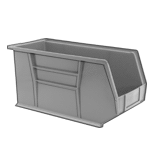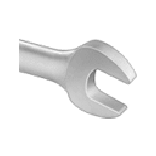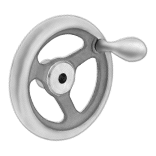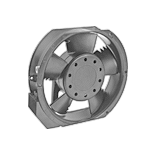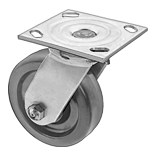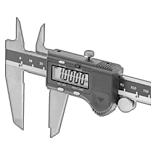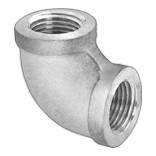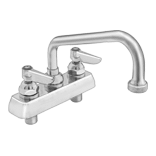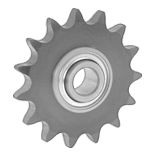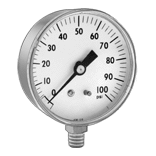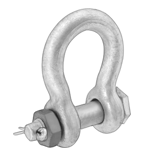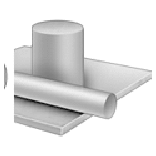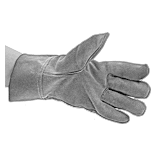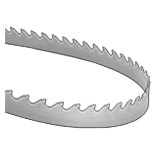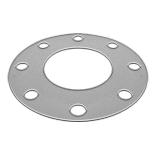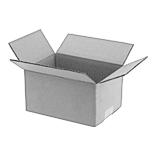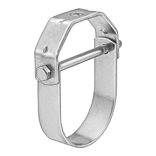Stainless Steel Spoons and Lab Spatulas

Each | ||||||||
|---|---|---|---|---|---|---|---|---|
| Capacity, ml | Lg. | Material | Autoclavable | Specifications Met | Features | Each | ||
Spoon | ||||||||
| A | 37 | 11" | 400 Series Stainless Steel | Yes | FDA Compliant 21 CFR 177.1500, NSF/ANSI 2 | __ | 0000000 | 00000 |
| A | 37 | 18" | 400 Series Stainless Steel | Yes | FDA Compliant 21 CFR 177.1500, NSF/ANSI 2 | __ | 0000000 | 0000 |
| B | 60 | 14" | 300 Series Stainless Steel | No | NSF/ANSI 2 | Insulated Plastic Grip | 0000000 | 00000 |
Round-Blade Stainless Steel Spatulas
Also known as ink knives, use these spatulas to mix and spread paints, chemicals, and adhesives. With a stainless steel blade, they support heavier loads than plastic spatulas without bending or breaking. They’re also more heat resistant, easier to clean and sanitize, and sharper for scraping stubborn materials.
Spatulas that meet NSF/ANSI 2 comply with sanitary standards for food-processing environments.
Blade | Each | ||||||
|---|---|---|---|---|---|---|---|
| Wd. | Lg. | Lg. | Flexibility | Handle Color | Specifications Met | Each | |
Polypropylene Plastic Handle | |||||||
| 1" | 6" | 9 3/4" | Semi-Flexible | White | NSF/ANSI 2 | 0000000 | 000000 |
| 1 1/4" | 8" | 11 1/2" | Semi-Flexible | White | NSF/ANSI 2 | 0000000 | 00000 |
| 1 1/2" | 10" | 14 3/4" | Semi-Flexible | White | NSF/ANSI 2 | 0000000 | 00000 |
| 1 3/4" | 12" | 16 3/4" | Semi-Flexible | White | NSF/ANSI 2 | 0000000 | 00000 |
Round-Blade Silicone Spatulas

Smoothly collect viscous material, from peanut butter to grease—these spatulas are made of silicone, so they won't leave a scratch. Their blade is soft and round, so it won’t nick glass or other fragile surfaces as you mix and spread material. While the outer layer flexes to conform to curves and corners, a nylon core keeps the blade’s shape. These spatulas meet NSF/ANSI 2 to comply with sanitary standards for food-processing environments.
Sanitary Stirring Paddles
Mix and stir food and other material in hygienic environments with these paddles—they’re easy to clean and won’t corrode from frequent washdowns with harsh cleaners. You can also use them as scrapers.
304 stainless steel paddles are more durable than plastic paddles, and won’t bend or chip with prolonged use. They’re often used with dense or heavy materials, such as sticky dough and ice cream. These paddles are highly polished and have smooth, continuously welded seams, so bacteria has nowhere to hide. They meet NSF/ANSI 2 design standards for sanitary food equipment.
Paddles with holes are good for agitating liquids, and they help break up clumps in your mixture.
Handle | Paddle | ||||||||
|---|---|---|---|---|---|---|---|---|---|
| Lg. | Dia. | Shape | Lg. | Wd. | Surface Smoothness, microinch | Autoclavable | Specifications Met | Each | |
304 Stainless Steel | |||||||||
Without Holes | |||||||||
| 26 1/4" | 1" | Straight | 9 3/4" | 4 3/4" | 32 | Yes | NSF/ANSI 2 | 0000000 | 000000 |
| 38 1/4" | 1" | Straight | 9 3/4" | 4 3/4" | 32 | Yes | NSF/ANSI 2 | 0000000 | 000000 |
| 50 1/4" | 1" | Straight | 9 3/4" | 4 3/4" | 32 | Yes | NSF/ANSI 2 | 0000000 | 000000 |
With Holes | |||||||||
| 26 1/4" | 1" | Straight | 9 3/4" | 4 3/4" | 32 | Yes | NSF/ANSI 2 | 0000000 | 00000 |
| 38 1/4" | 1" | Straight | 9 3/4" | 4 3/4" | 32 | Yes | NSF/ANSI 2 | 0000000 | 000000 |
| 50 1/4" | 1" | Straight | 9 3/4" | 4 3/4" | 32 | Yes | NSF/ANSI 2 | 0000000 | 000000 |
Corrosion-Resistant Stainless Steel Blade Putty Knives

Food industry knives are shaped to cut and scrape food such as dough, taffy, and ground meat. Knives that meet NSF/ANSI 2 have plastic handles that can be easily cleaned and are suitable for use in sanitary environments.
Blade | Handle | Each | |||||||
|---|---|---|---|---|---|---|---|---|---|
| Wd. | Lg. | Thick. | Overall Lg. | Flexibility | Lg. | Material | Specifications Met | Each | |
Straight Edge | |||||||||
Food Industry Straight Blade | |||||||||
| 6" | 3" | 0.023" | 4 5/8" | Rigid | 1 5/8" | Plastic | NSF/ANSI 2 | 0000000 | 000000 |
Food Service Spatulas

Use these spatulas for mixing, flipping, and scraping.
Plastic and silicone rubber spatulas meet NSF/ANSI standards for food equipment. Silicone rubber spatulas resist heat better than plastic spatulas.
Food Service Scoops, Ladles, and Spoons
Quickly serve the same portion size every time. Some scoops, ladles, and spoons meet NSF/ANSI 2 standards for food equipment.
Styles C and D have perforations for draining liquids.
Skimmers


NSF/ANSI 2 skimmers meet a standard for food equipment.
